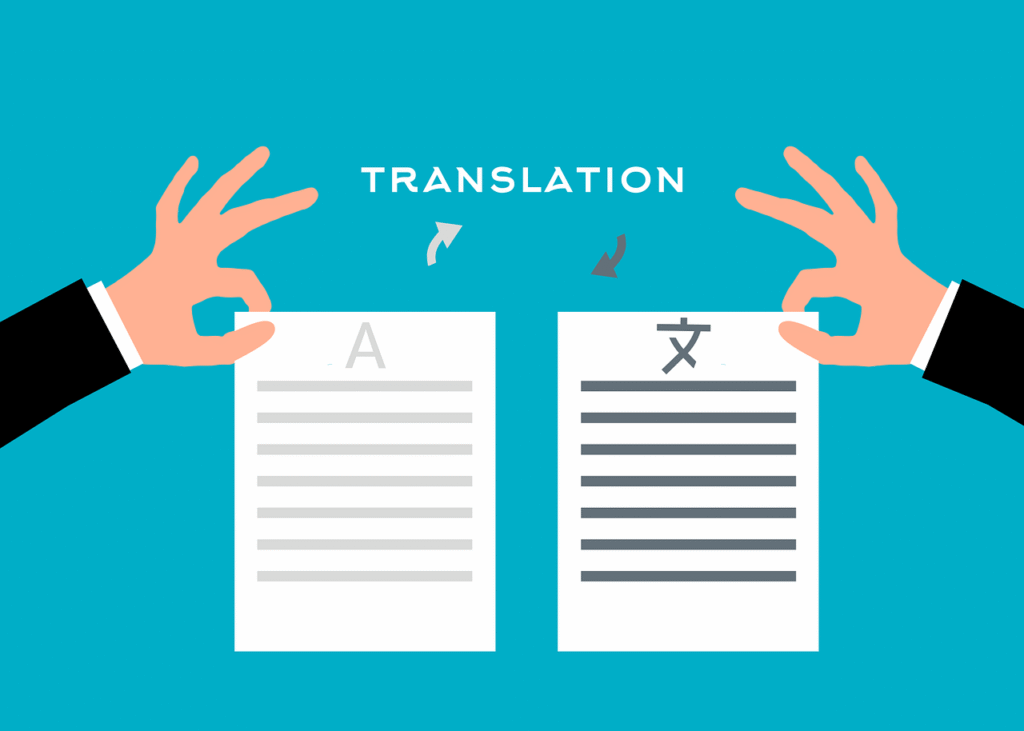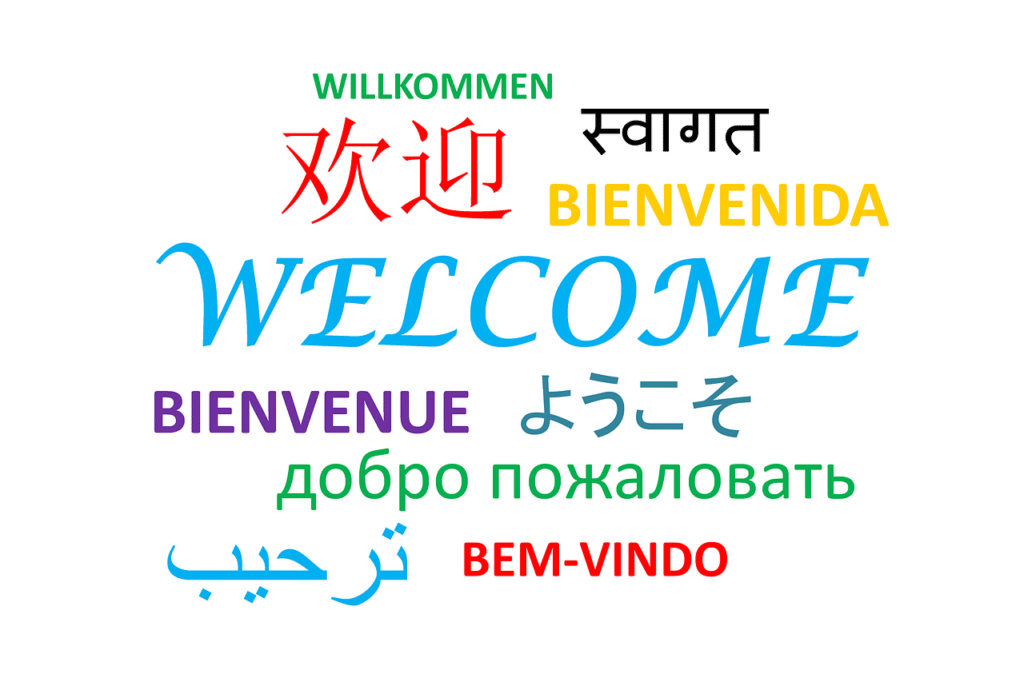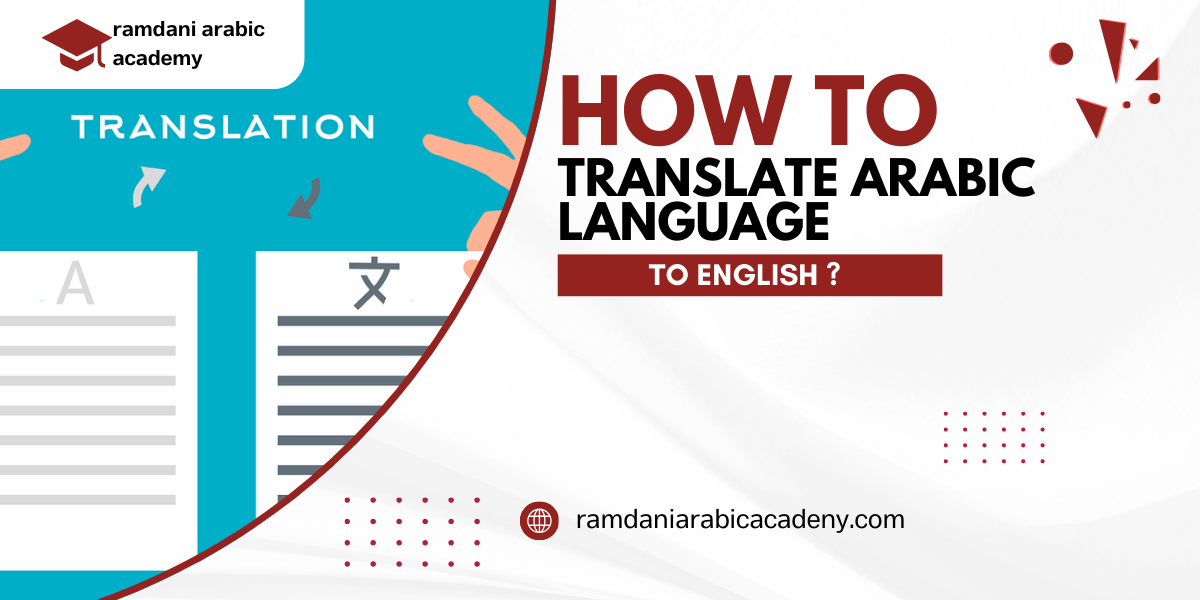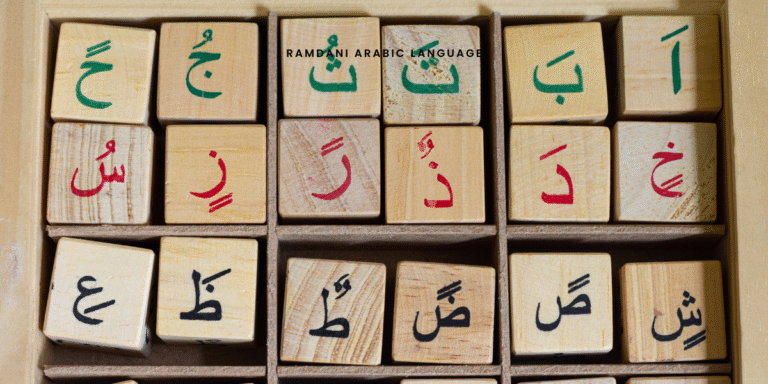How to translate arabic language to english ?
Translating Arabic into English is one of the most important skills for students, researchers, and professionals who work with the Arabic language. Arabic is spoken by more than 300 million people across 22 countries, and it is the language of a rich cultural and intellectual tradition. English is the most widely used language for business, science, and global communication. When you bring these two languages together, you open doors to knowledge, ideas, and opportunities. That is why translation between Arabic and English matters so much today.
But translating Arabic into English is not easy. Arabic has its own grammar, vocabulary, and style. It uses a different script, and it carries cultural references that do not always have a direct match in English. For example, Arabic often uses short, rhythmic sentences, while English prefers longer sentences that connect ideas. Arabic has sounds that do not exist in English. Words can change meaning based on context, and one single word in Arabic can sometimes require a full phrase in English to express the same meaning.
If you are an Arabic learner or someone who wants to translate texts, you may have already faced these challenges. You may have tried to translate a sentence word by word and noticed that the result does not make sense. Or you may have found yourself struggling with idioms and expressions that lose their power when translated literally. These are common problems. Translation is more than replacing words. It is about carrying meaning from one language to another while keeping the message clear and natural for the reader.
This is why learning how to translate Arabic to English step by step is important. You need to understand grammar, vocabulary, and sentence structure in both languages. You need to know how to use dictionaries and online tools effectively, without depending on them completely. You need to practice rewriting sentences until they sound natural in English. And you need to develop a sense for style, tone, and cultural nuance.
In this article we will explore these ideas in depth. We will look at the main differences between Arabic and English that you need to keep in mind when translating. We will discuss practical methods for translating text, from simple sentences to longer passages. We will cover common mistakes that learners make and how to avoid them. We will also look at examples that show good translation practices in action.
By the end of this article you will have a clearer idea of what it takes to translate Arabic into English with confidence. Whether you are a student, a teacher, or someone who wants to work as a translator, you will find tips that you can apply right away.

Part 1: Key Differences Between Arabic and English
Before you can translate Arabic into English well, you need to know how the two languages differ. Understanding these differences helps you avoid mistakes and makes your translation sound natural.
Alphabet and Writing System
Arabic uses a completely different script. It is written from right to left, while English is written from left to right. Arabic letters change shape depending on where they appear in the word. Some letters connect to the next letter, others do not. English letters stay the same shape no matter where they appear. If you are just starting, reading Arabic can feel slow. But you need to get used to this before you can translate smoothly.
Sounds and Pronunciation
Arabic has sounds that do not exist in English, like ع (‘ayn) and ق (qaf). These sounds can be difficult to pronounce and sometimes difficult to represent in English letters. Transliteration systems exist, but they are not always consistent. English readers may not recognize a word if you spell it differently from what they expect.
Grammar Structure
Arabic sentences often follow a verb-subject-object order, while English prefers subject-verb-object. This means that when you translate, you often have to change the order of the words to make the sentence sound natural.
Example:
- Arabic: أكل الولد التفاحة
- Literal translation: Ate the boy the apple
- Natural English: The boy ate the apple
Arabic nouns have gender, either masculine or feminine. English does not have this feature except in pronouns (he, she). Arabic also uses dual form, which is a special form for two of something. English uses plural for anything more than one.
Arabic verbs change form for tense, gender, and number. English verbs are simpler, but you still have to be careful with tenses.
Vocabulary and Meaning
Many Arabic words have a root system. A three-letter root can create many related words. For example, the root ك-ت-ب relates to writing, and from it you get كتاب (book), مكتب (office), كاتب (writer), مكتبة (library). When you translate, you need to pick the right word for the context.
Some words do not have a direct English equivalent. For example, the word “صبر” means patience, but it also carries a deeper idea of endurance and acceptance. In such cases, you may need to explain the meaning with more than one English word.
Style and Expression
Arabic writing can be more formal and uses repetition for emphasis. English writing usually prefers direct and simple expression. If you translate word for word, the result can sound heavy or strange in English. You often need to rephrase to keep the meaning but make it sound natural.
Knowing these differences helps you become more aware of what you need to change during translation. Instead of just replacing words, you think about grammar, style, and meaning. This is the first step toward good translation.
Part 2: Practical Steps for Translating Arabic to English
Once you understand the main differences between Arabic and English, you need a process. A clear step-by-step approach will help you translate with fewer mistakes and more confidence.
Step 1: Read the Whole Text First
Before you start translating, read the full Arabic text. This helps you understand the general idea. You will notice the tone, style, and purpose. Is it formal or informal? Is it telling a story, giving instructions, or explaining a concept? Knowing this will guide your choices when you write in English.
Step 2: Break the Text into Smaller Parts
Work with short sentences or phrases at a time. Translating line by line helps you stay focused. If the text is long, break it into paragraphs and work on one paragraph at a time.
Step 3: Translate the Meaning, Not Just the Words
Avoid word-for-word translation. Instead, ask yourself what the sentence is trying to say. Write that meaning in natural English. For example, if you see the Arabic phrase “كيف حالك؟”, a literal translation would be “How is your condition?” but in English, you should write “How are you?” because that is how native speakers say it.
Step 4: Keep Grammar in Mind
Change the word order when necessary to make the sentence sound correct in English. Make sure you use the right tense for verbs. Check that singular, plural, and pronouns match the meaning of the original text.
Step 5: Use Dictionaries and Tools Wisely
Online dictionaries and translation tools like Google Translate can be helpful, but do not copy their result blindly. Use them to check vocabulary or confirm your ideas. If you find a new word, look at examples of how it is used before you include it in your translation.
Step 6: Re-read Your Translation
After you finish a paragraph, read your English version out loud. This will help you hear if it sounds natural. If a sentence feels heavy or confusing, rewrite it. Good translation should be clear and smooth for an English reader.
Step 7: Check Cultural Context
Some words, idioms, or references may not make sense for someone who does not know Arabic culture. You can either explain them briefly or find an equivalent expression in English culture.
Step 8: Practice Regularly
Translation improves with practice. Start with short texts like news articles or social media posts. Then move to longer pieces like stories, essays, or academic texts. Over time, your speed and accuracy will improve.
Step 9: Learn from Others
Compare your translation with professional translations when possible. Notice how they solve problems like idioms or grammar differences. Join online forums or language groups where translators share advice.
By following these steps, you build a habit of thinking in both languages and making better choices. The more you repeat this process, the more natural it becomes.

Part 3: Common Mistakes in Arabic to English Translation and How to Avoid Them
Even experienced learners make mistakes when translating. Knowing the most frequent problems helps you avoid them and produce better work.
Literal Word-for-Word Translation
Many beginners try to translate each Arabic word directly into English. This often leads to sentences that sound strange or wrong.
Example:
- Arabic: ذهب إلى قلبه
- Literal translation: He went to his heart
- Natural translation: He was deeply moved
How to avoid: Focus on the meaning of the whole sentence. Ask what the writer is trying to express, then find an English phrase that communicates the same idea.
Ignoring Word Order
Arabic and English often use different sentence structures. Keeping the same order as Arabic can confuse readers.
Example:
- Arabic: في البيت جلس الولد
- Literal translation: In the house sat the boy
- Natural translation: The boy sat in the house
How to avoid: Rewrite sentences to match natural English order. Read them out loud to check if they sound right.
Confusing Verb Tenses
Arabic verbs have many forms for tense, gender, and number. Translators sometimes choose the wrong tense in English, which changes the meaning.
Example:
- Arabic: كان يدرس كل يوم
- Wrong translation: He studies every day
- Correct translation: He used to study every day
How to avoid: Pay attention to time markers like كان, سوف, قد. They tell you whether the action is past, future, or habitual.
Translating Idioms Literally
Idioms carry cultural meaning that does not translate word for word.
Example:
- Arabic: أكل بعقله حلاوة
- Literal translation: He ate sweets in his mind
- Natural translation: He tricked him or flattered him
How to avoid: Learn common Arabic idioms and their English equivalents. If there is no equivalent, explain the meaning briefly.
Overusing Dictionaries or Google Translate
Online tools are helpful, but they sometimes give unnatural results.
How to avoid: Use them as a guide, not as the final answer. Check example sentences to see how a word is used in real contexts.
Losing the Tone of the Text
Formal Arabic writing often has a serious tone. Translating it into casual English may lose the intended effect.
How to avoid: Match the style. If the text is formal, keep your translation formal. If it is casual, use simple and friendly English.
Forgetting About the Reader
Some translations are technically correct but difficult to read. They sound heavy because the translator focused only on accuracy, not flow.
How to avoid: After translating, read the text as if you are the reader. If it feels hard to follow, simplify the sentences.
By recognizing these mistakes and practicing better habits, you make your translations clear and professional. This step is key if you want to translate for work, study, or publication.
Part 4: Examples and Practice Exercises
The best way to improve your translation skill is practice. Here are examples with translations and exercises you can try on your own.
Example 1: Short Sentence
Arabic: الجو جميل اليوم
Word-for-word: The weather beautiful today
Natural English: The weather is nice today
Notice that you must add “is” to make the sentence correct in English.
Example 2: Verb Placement
Arabic: كتب المعلم الدرس على السبورة
Word-for-word: Wrote the teacher the lesson on the board
Natural English: The teacher wrote the lesson on the board
Here, you change the order to subject-verb-object for natural English flow.
Example 3: Idiom
Arabic: قلبه أبيض
Word-for-word: His heart is white
Natural English: He has a kind heart
Literal translation would confuse the reader. You must express the meaning.
Practice Exercise 1: Simple Sentences
Translate these sentences into English. After you finish, compare with the answers below.
- قرأت الكتاب أمس
- ماذا تفعل الآن؟
- السيارة جديدة وسريعة
- لن أسافر غداً
- نحن نحب اللغة العربية
Suggested Answers
- I read the book yesterday
- What are you doing now?
- The car is new and fast
- I will not travel tomorrow
- We love the Arabic language
Practice Exercise 2: Longer Passage
Arabic text:
ذهب خالد إلى السوق صباحاً. اشترى بعض الفواكه والخضروات. بعد ذلك عاد إلى البيت وتناول الفطور مع أسرته.
Try your own translation before checking the example below.
Example translation:
Khalid went to the market in the morning. He bought some fruits and vegetables. After that, he returned home and had breakfast with his family.
How to Practice Effectively
- Translate a small paragraph daily
- Write your translation, then set it aside for a few hours
- Come back and read it again, checking for grammar and flow
- Compare your work with professional translations if available
- Keep a notebook of new vocabulary and expressions you discover
The goal is not just to finish quickly but to make each sentence clear and natural. Over time, this process will become faster and easier.

Final Advice
Translating Arabic into English takes practice, patience, and careful attention. It is not enough to know vocabulary or grammar. You need to think about meaning, sentence structure, style, and cultural context. The goal is to create an English version that reads naturally while keeping the original message intact.
Focus on these key points:
- Understand the text before translating
- Work with small sentences or paragraphs
- Translate meaning, not words
- Pay attention to grammar, word order, and verb tense
- Adapt idioms and expressions to make sense in English
- Practice regularly and learn from professional examples
Developing translation skills also improves your overall Arabic and English abilities. You learn new vocabulary, sentence patterns, and cultural insights. It builds confidence for academic work, professional tasks, or even personal projects.
At Ramdani Arabic Academy, we help learners around the world improve their Arabic skills. Our courses cover grammar, vocabulary, reading, writing, and practical exercises like translation. We combine clear explanations with real examples so you can apply what you learn immediately. Whether you are a beginner or advanced learner, our materials guide you step by step.
Learning to translate is not just about language. It is about understanding and connecting cultures. By practicing translation carefully, you open new opportunities for communication, study, and work.
About the Author
Ramdani Mohamed is the founder of Ramdani Arabic Academy. He has dedicated his career to helping learners worldwide master Arabic through online courses, articles, and practical exercises. His goal is to make Arabic accessible, understandable, and usable for anyone interested in the language.
Take small steps, practice consistently, and use the right techniques. With patience and effort, you can translate Arabic into English accurately and naturally. Your journey in language learning and translation can start today and improve with every text you work on.







